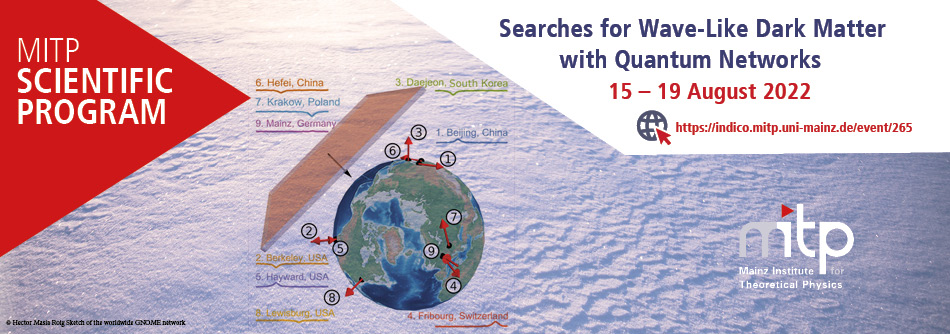Speaker
Description
We develop formalisms for a network of vector sensors, sensitive to certain spatial components of the signals, to identify the properties of light axion or dark photon background. These bosonic fields contribute to vector-like signals in the detectors, including effective magnetic fields triggering the spin precession, effective electric currents in a shielded room, and forces on the matter. The interplay between a pair of vector sensors and a baseline that separates them can potentially uncover rich information of the bosons, including angular distribution, polarization modes, source localization, and macroscopic circular polarization. Using such a network, one can identify the microscopic nature of a potential signal, such as distinguishing between the axion-fermion coupling and the dipole couplings with the dark photon.

